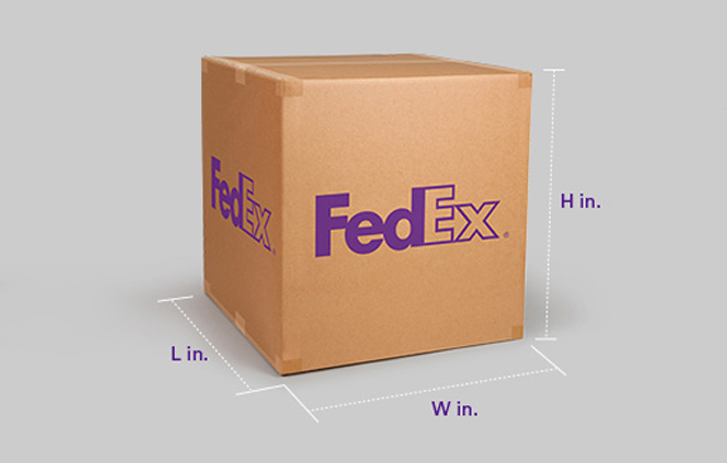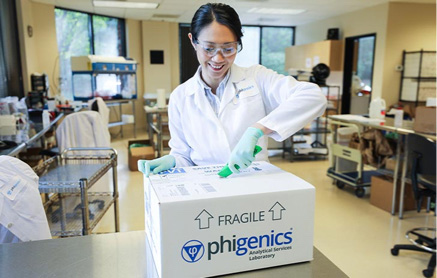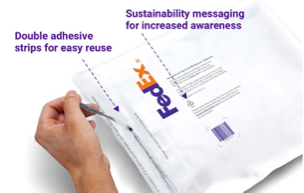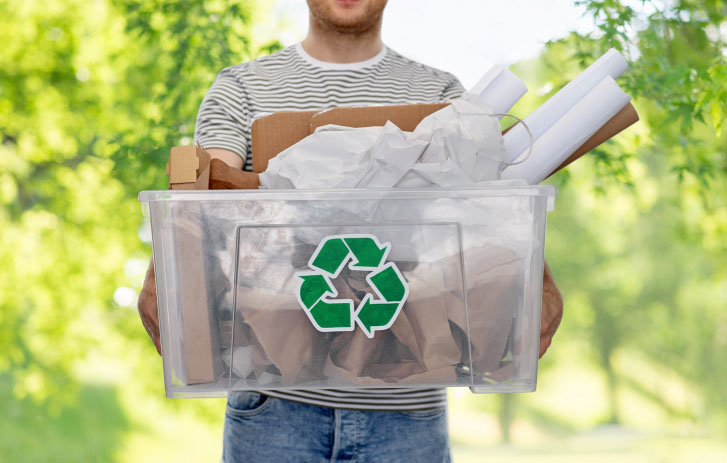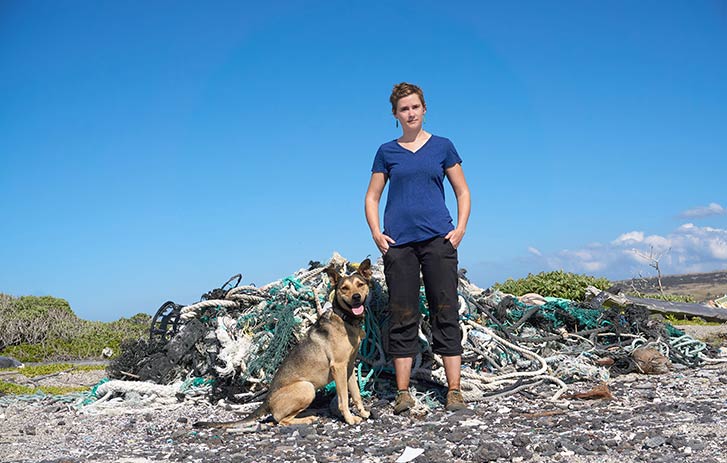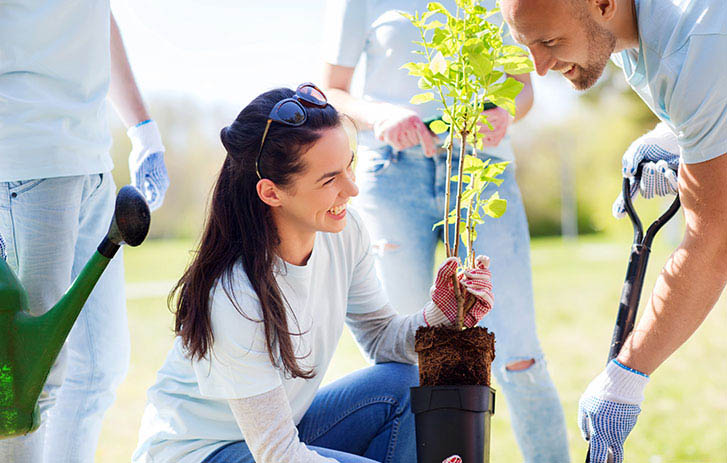6 tips for more sustainable packaging
Many business owners are looking for ways to be more sustainable, not only for themselves, but also for customers who increasingly expect environmentally responsible retailers. One way to do that, especially for online businesses, is through smart, purposeful packaging solutions. Use these tips and insights from our packaging experts and some of your peers to help you plan a sustainability strategy.
Right-size your packaging
Choosing the appropriate box or package size can go a long way toward helping the environment—and your budget.
If your outer box is too big, you’ll probably need extra cushioning materials, like bubble wrap and peanuts, that you might otherwise not need. And there’s a good chance you’ll have to pay more to ship it since it’ll take up more space, and shipping rates are calculated based on dimensional (dim) weight.
On the other hand, if your outer box is too small, its seams can rip or burst, or it may not have room for cushioning materials to protect your item. In both cases, the order may need to be reshipped, which means replacing the item, plus another round of packaging materials and shipping, all of which generate more CO2 emissions.
What exactly is dim weight?
Dim weight is the amount of space a package occupies in relation to its actual weight. (Think of the space it takes up on a truck or airplane.) In other words, if you ship a box that’s larger than you need, you could be paying to ship air or lightweight packing materials used to fill the oversized box.
“We changed packaging inserts to be 100% recyclable, and we reduced polymailer size by 30% to reduce plastic for shipping. We actually reduced costs and waste, and our customers recognize us as an eco-friendly brand.”
— Kat, Locker Lifestyle, 2018 FedEx Small Business Grant Contest Bronze Prize Winner And FedEx Entrepreneur Advisory Board Member
Innovate to eliminate extra space
Phigenics tackled dim weight by working with our packaging lab to create a custom box and packing materials for their water-management products. Learn how they reduced the size, weight, and cost of their shipments, and instantly became a more eco-friendly company.
Speaking of damage...test your packaging to make sure it's up to the task
As noted in Tip 1, damaged packaging can lead to unnecessary costs and negative impacts on the environment, many of which go unnoticed. Here are three consequences to consider:
Manufacturing emissions that result from producing replacement products
Packaging materials needed to pack replacement products
Emissions created when a replacement product is reshipped
You can help prevent damage by having your packaging tested to make sure it’s durable enough to keep your products safe in transit. Reach out to our packaging lab experts. They’ll test your packaging for free. And if it’s not ideal, they’ll help you get it right. All you need is a FedEx account.
Packaging can be more durable—and sustainable
Learn how our experts can help you test and design sustainable packaging solutions that protect your products and delight your customers.
Use reusable packaging
If possible, choose a packaging option that is designed to be used more than once. Some packaging now comes with two adhesive strips—one for you and one for your recipient. They can use the same package to make a return, if necessary, or they can save it and use it to make an unrelated shipment. The best part—you’re not only helping the environment, you’re also making it easier on your customers. Learn more about our efforts to help the planet with reusable FedEx Express® packaging. You can order it online, and it’s free when you ship using FedEx Express.
Work upstream in your supply chain
Sometimes your shipping and packaging options can be limited by factors out of your control, especially when it comes to customer requirements, policies, or systems. Take an alternative approach by taking a fresh look at your processes and relationships with your suppliers to see if there are opportunities for change. Don’t shy away from asking them if they use green energy or other sustainable processes and materials. And ask your box supplier if they practice sustainable forestry.
You can even get creative when it comes to logistics. For example, one of our Entrepreneur Advisory Board members, Matthew Broshat of Wrap-It Storage, reviewed his inbound shipping from international suppliers for ways to be more efficient and eco-friendly. Ultimately, he found a way to combine incoming shipments with those of other companies like his into one container shipment.
“When you ship to retailers, they set the standards for a lot of what you can and can’t do. This can make it challenging to make sustainability changes, but you can always look upstream for small wins that can lead to better results.”
— Matthew, Wrap-It Storage, FedEx Entrepreneur Advisory Board Member
Take a holistic approach to packaging choices
You might be tempted to immediately choose what appears to be the most sustainable option. Not so fast. Take a step back and take a comprehensive look at the life cycle of a packaging choice. For example, you may want to use compostable packaging. But will your recipients have composting know-how and access to composting resources? Or will they be more likely to recycle a corrugated box through a curbside or local service? Make a decision that’s realistic for your customers by considering their recycling knowledge and abilities.
Think outside the box—and earn customer loyalty
Consider ways to make your point-of-sale transactions more sustainable. You can even use branded reusable cloth bags or small string backpacks as retail bags. Your customers will see firsthand the efforts you’re making to be eco-friendly—and when they reuse them, they’ll help you share that message.
“As a guitar store, we reuse string packs as retail bags for small goods we sell. Our customers notice and appreciate the extra creative touch.”
— Eric, Martin Music, FedEx Entrepreneur Advisory Board Member
Related reading
10 tips for creating a sustainable business
Kat Crabill, founder of Nurdle in the Rough, talks sustainability and getting your employees and customers to invest in your green values.
Inspiration from small businesses giving back
For some entrepreneurs, doing good and giving back is more than a seasonal theme, it’s part of their business culture all year.
Sustainable marketing examples to inspire your business
Sustainability is essential for your
company’s success. These examples could help your business reduce waste and increase brand awareness.

